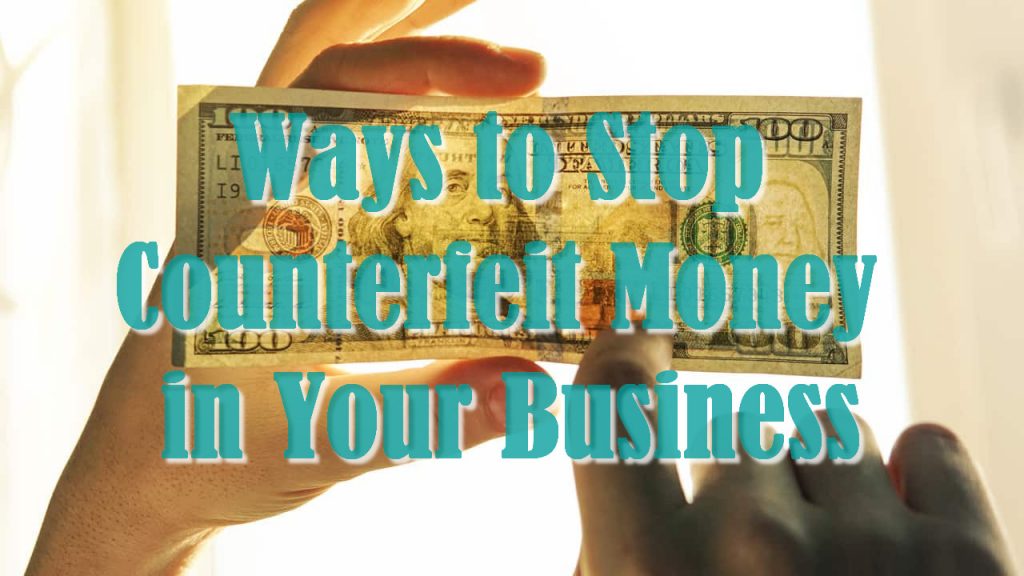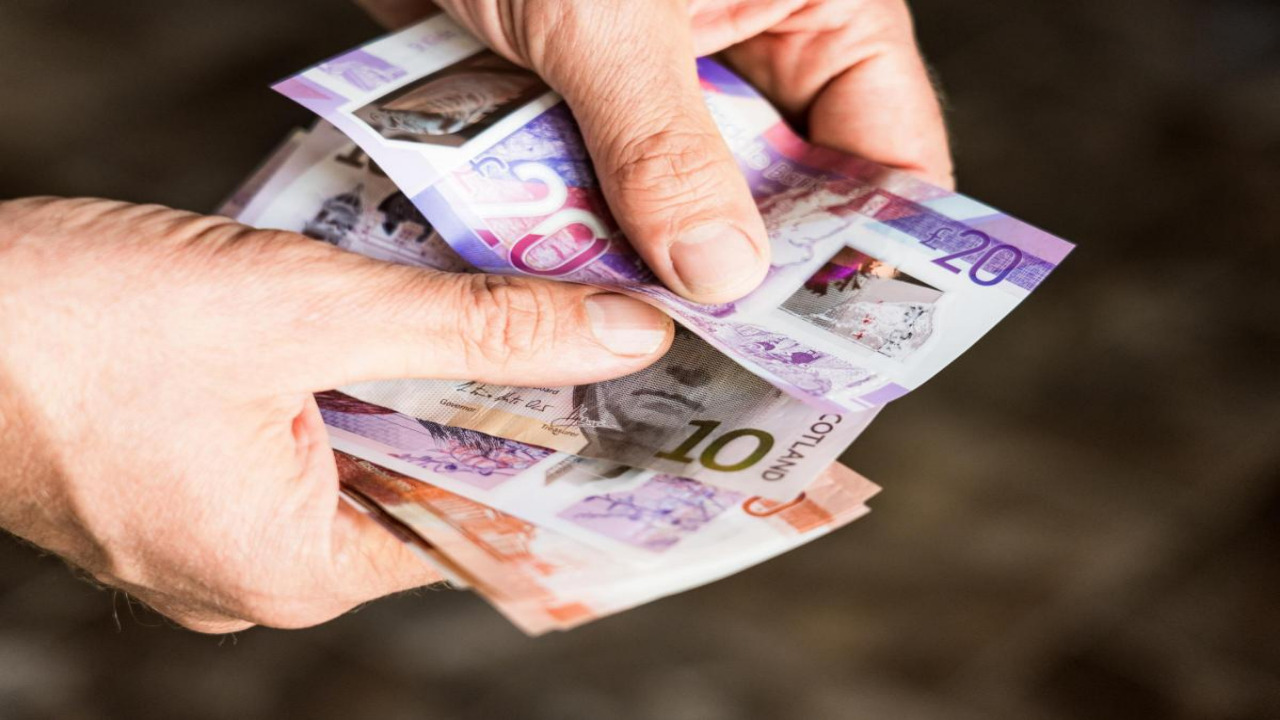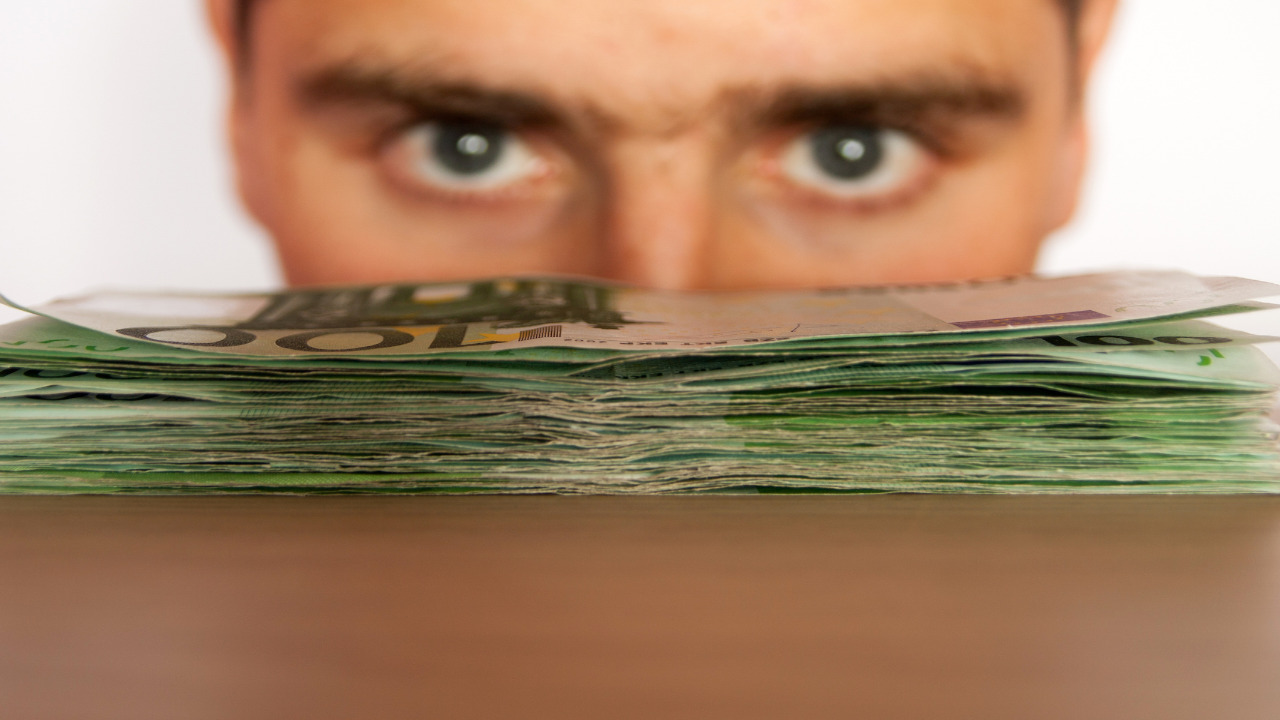
Ways to Stop Counterfeit Money in Your Business
Unfortunately, no one is immune to the fact that at one point counterfeit money will be in your cash register or wallet. Fraudsters have learned to create such banknotes with security features that can be easily mistaken for real ones with the naked eye. Therefore, everyone needs to know about the differences between genuine and counterfeit banknotes to protect themselves from counterfeit money, as well as be prepared to respond quickly if a counterfeit bill did get into your hands.
Learning to see fake banknotes and real ones

The easiest way is to find out how much is a money counter and buy it as soon as possible. However, seeing the difference between counterfeit and real money is quite possible without the use of specialized devices and machines. When examining the banknote in detail, you should pay attention to whether it has a watermark, as well as a relief element along with a hidden image of the face value of the banknote, and whether there is a security line on it. Also, pay attention to the location of such signs and symbols on the bill. In addition to other identifying marks, the money has hidden text depicted as the denomination of the banknote. And such text can be seen only at a certain angle and in lighting.
Which banknotes can be fake

As we know, $100 bills are the most commonly counterfeited. Small-denomination banknotes rarely attract scammers – fraudsters often spend more resources on counterfeiting than it generates benefits. Regulators are constantly monitoring algorithms for the removal of faked money from us when it is detected. The regulator also periodically delivers new banknotes: there are special standards to minimize the occurrence of counterfeit banknotes.
Your actions if you detect fake money

If you find counterfeit money, you can try to address the issue to bank officials or go straight to the police station. Trying to get rid of a counterfeit bill or passing it on to someone else is not a good idea. You can go to the bank with a counterfeit banknote. The bank officer will determine what kind of banknote it is – can’t be used, has doubts of authenticity, or has obvious signs of falsification. If signs of counterfeiting are found or if there is any doubt about it, the bank officer must immediately inform the police about the banknote. Such banknotes are subject to a report specifying all the details of the banknote, after which the banknote will be taken away for a special inspection. If someone has found a fake banknote, he can immediately go to the police. They will open a case and send the banknote for examination. When you go to the police, you must be prepared to testify as to how you ended up with the counterfeit bill, from whom or where you got it.
Where most counterfeit money can be found
In fact, counterfeit money can get to you anywhere. It happens most often at markets, small stores, and while shopping through online classifieds, where no one will check the money. How can you protect yourself from the risk of finding counterfeit banknotes in your wallet? You should follow a few safety rules: do not exchange money at markets, small stores, or at people’s houses, look carefully at bills when you receive them, especially large denomination bills, and you can pay for purchases with a card.

